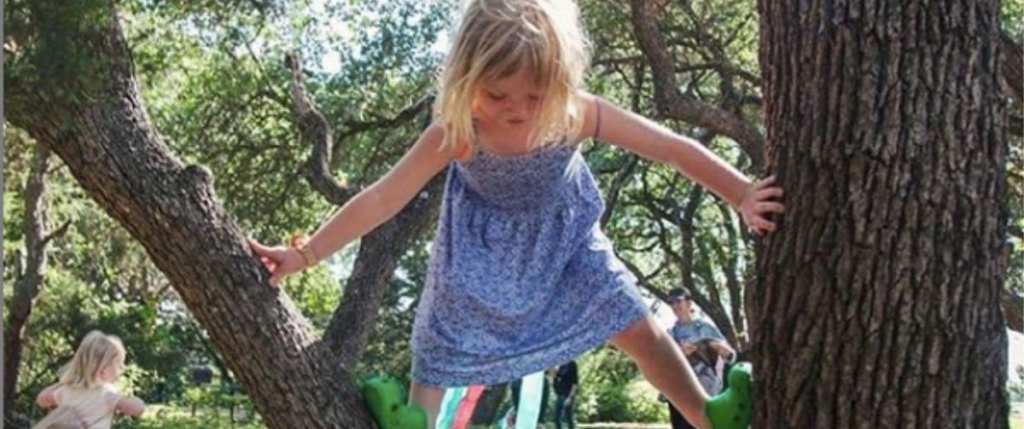Trending Now
We all want to keep our kids safe, but it doesn’t take long to realize that’s not a remotely possible goal.
From falls, scrapes, bumps, bruises, and burns to the emotional scars that don’t fade so quickly or easily, we have to sit back and let the blows fall, because like it or not, that’s how children learn.
https://www.instagram.com/p/BzKpz9ZA9uR/
And guess what?
Letting our kids take (mild to moderate) risks while we’re near enough to catch them (or at least kiss away the tears), is a good thing, according to child psychologists. Risky play like climbing too high, jumping too far, and running too fast help kids develop essential physical abilities and skills while curbing fears – and not only is it developmentally appropriate, but it can help your littles develop resiliency along the way, says Early Childhood Educator Ellen Sandseter.
“We may observe an increased neuroticism or psychopathology in society if children are hindered from partaking in age adequate risky play.
So, below are 5 types of risky play you should be encouraging rather than discouraging, no matter how much it stuffs your heart into your throat.
5. Climbing Too High
https://www.instagram.com/p/BybBdHXlJTP/
It turns out kids like to climb for evolutionary reasons – kids, young primates, and young birds all take part in “locomotor play,” which helps them develop muscle strength and endurance, as well as the ability to distinguish depth, shape, form, size, movement, and other orientation abilities.
Don’t worry – they should learn their limits fairly quickly.
4. Running Too Fast
https://www.instagram.com/p/BzJBzPTH1R5/
Moving at top speed helps kids develop perceptual awareness and spatial orientation, and it also has antiphobic effects.
Basically, kids who play at high speeds are less likely to be afraid of heights.
3. Playing Too Rough
https://www.instagram.com/p/Bxw85JZlgmP/
Roughhousing has been found to be especially important for boys; it helps teach them how to bond, as well as about status and competition.
It helps all children develop physical strength and endurance and how to manage aggression – they learn how to de-escalate and cool down if they get too riled up in the process.
2. Straying Too Far
https://www.instagram.com/p/BzGlyC_hqha/
Kids love to wander off and explore, and experts think it’s more of a form of play than anything, and developmentally appropriate for kids looking for more independence.
1. Being Too Reckless
https://www.instagram.com/p/Bx8TrV7lIEP/
They like to stand too close to the edge, wander a little too far, or run a little too fast, and though researchers aren’t sure why or the benefits, there is some good news – kids seem to be getting better at identifying the danger line with each generation.
So stand back, parents!
It’s hard, but your kids will thank you one day (probably).






